QuestionMy fish has been sat at the bottom of the tank. His fin is starting to fray on the bottom and the top fin has halved in size. He hasnt been eating and has not got spots or cotton wool look on his fin. I have just tested the water and it is acidic what do i need to do to reduce the acid. will this help the fish get better and how long does it take to grow its fin back?? Thankyou for your advice
AnswerDear Angela,
It is also important to avoid using anything that promotes acidification. As a general rule, the soft water aquarium needs to be as chemically inert as possible, containing nothing that will either raise or lower the pH and hardness. Bogwood, peat and coconut shells are best left out of the soft water tank because they produce tannins and remove hardness. To avoid problems with carbonic acid, understock the tank and use aeration do drive the carbon dioxide into the air. Likewise nitric acid is best managed through understocking the tank, feeding the fish only sparingly, and performing regular water changes to dilute the nitrate. While plants can be used in the soft water aquarium, it isn't a good idea to use large quantities of rapidly growing species, particularly species that extract bicarbonate from the water.
Acidification :
Before looking at how to set up a soft water aquarium, it is essential to first explain the problem of acidification. All aquaria have a tendency to become more acidic over time. Acidification is caused by four main things:
1. Nitrification. Filter bacteria convert ammonia excreted by fish and from decaying organic matter into nitrite first and then nitrate. Nitrate forms nitric acid, and this in turn lowers the pH. In most freshwater aquaria, there is not active removal of nitrate (or nitric acid) through denitrification, because the anaerobic conditions required tend not to be favoured by freshwater aquarists. Photosynthesising plants will of course remove some nitrate, which they use as a nitrogen source for protein synthesis, but except in heavily planted aquaria this effect is usually trivial.
2. Respiration. As organisms respire they produce carbon dioxide, including the fish, plants and filter bacteria. The carbon dioxide dissolves in the water to form carbonic acid, the same stuff that makes soda pop acidic. To some degree vigourous aeration will release the carbon dioxide into the atmosphere, but a heavily stocked tank will still experience more rapid acidification than a lightly stocked one.
3. Photosynthesis. The effect of plants on pH is complex because aquatic plants use two different sources of carbon, dissolved carbon dioxide and bicarbonate ions. Dissolved carbon dioxide forms carbonic acid, which lowers pH. As plants photosynthesise, they remove this carbonic acid, allowing pH to rise. However, in most aquaria the actual concentration of carbon dioxide in the water is very low, which is why aquarists concerned with plant growth need to fertilise their tanks with addition carbon dioxide. If there is insufficient carbon dioxide for their needs, plants will switch to using up bicarbonate ions. Bicarbonate ions are a major part of the alkalinity reserve in the water, that is, the ability of the water to resist changes in pH. With the bicarbonate ions taken away, the water loses some of its buffering capacity, and the pH drops. The overall result is that rapid plant growth coupled with insufficient carbon dioxide and/or bicarbonate concentration can lead to dangerously fast acidification.
4. Bogwood and peat. Though often overlooked, bogwood can be a significant source of acidity. This is especially true where the bogwood has not been fully cured. The acids produced by bogwood are predominantly tannins. Peat also effects water in a similar way. If peat is used as a substrate (as is sometimes done with killifish) the water will become more acidic.
* For further detail email or contact me *
parthanetra@yahoo.com or parthanetra@gmail.com, Cell. No. +91 9434146179 or 00919434146179

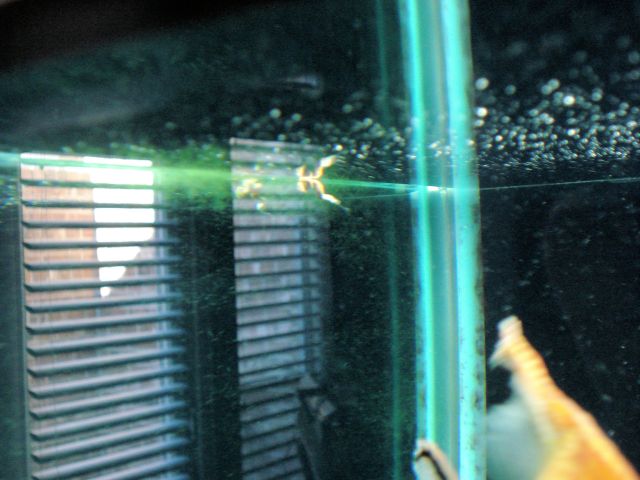 egg tube?
Question
Egg sack?
Occasionally, we have noticed
egg tube?
Question
Egg sack?
Occasionally, we have noticed
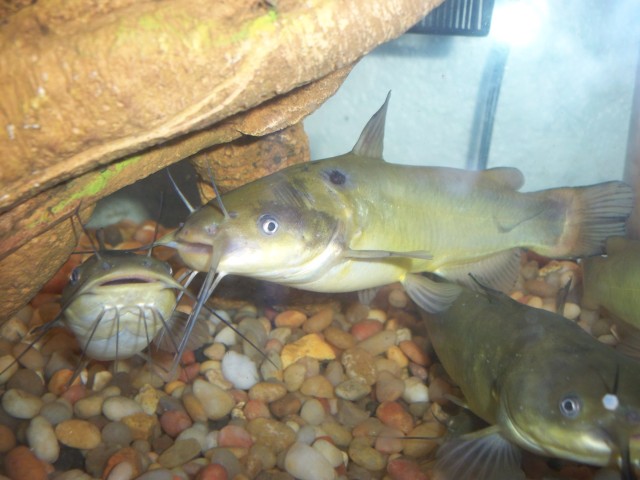 Spots and marks on catfish.
Question
Channel catfish
Hello,
I have 8 channe
Spots and marks on catfish.
Question
Channel catfish
Hello,
I have 8 channe
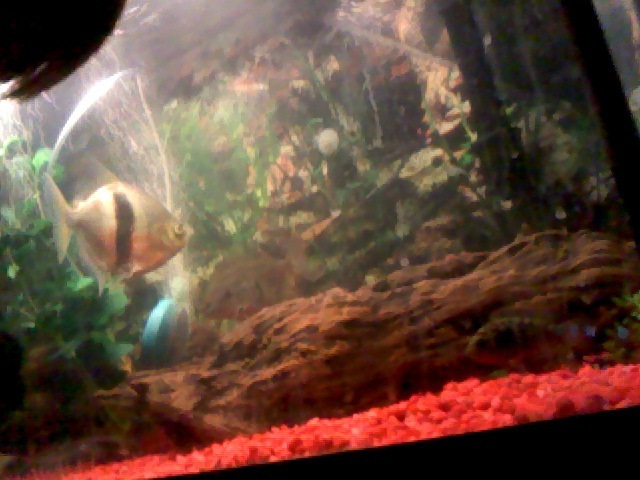 Jack dempsey
Question
my jack dempsey
Hello recently bought a 1 inch
Jack dempsey
Question
my jack dempsey
Hello recently bought a 1 inch
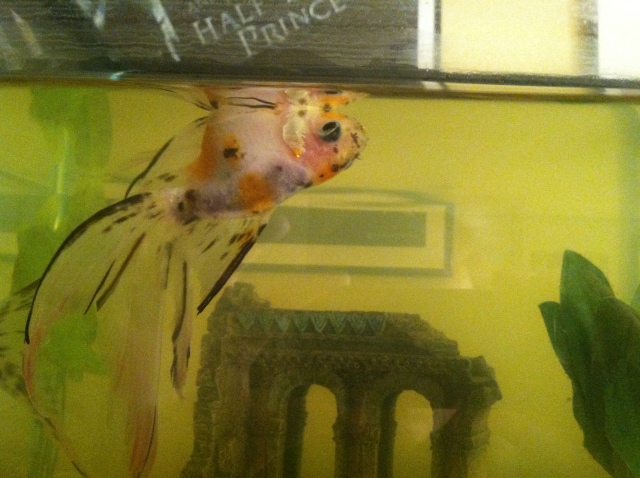 Swim Bladder damage in fantail
Question
Tommy the upside down
Dear Jaymie,
I
Swim Bladder damage in fantail
Question
Tommy the upside down
Dear Jaymie,
I
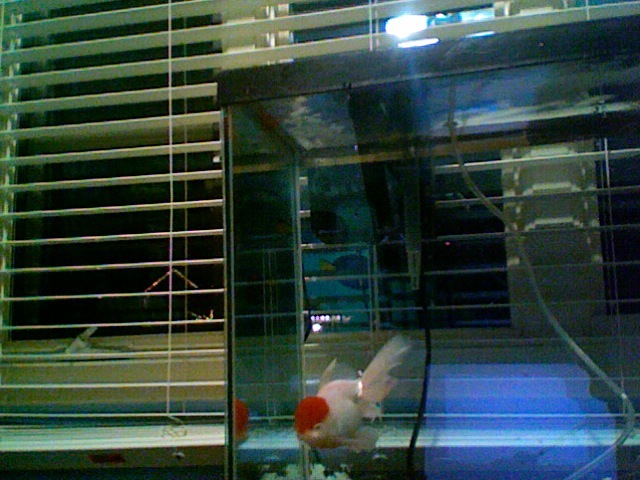 My new Oranda
Questionoranda
QUESTION: My new Oranda has Red S
My new Oranda
Questionoranda
QUESTION: My new Oranda has Red S